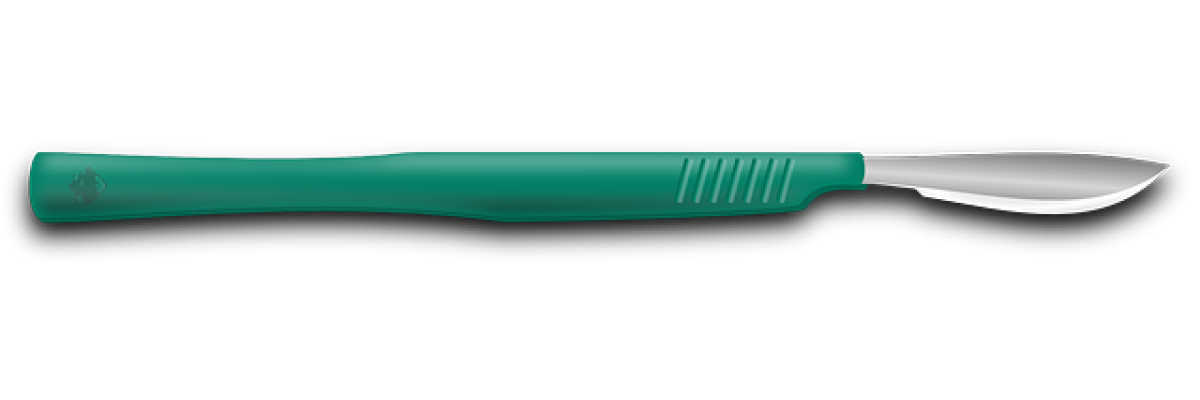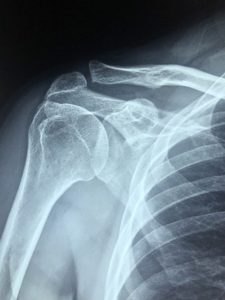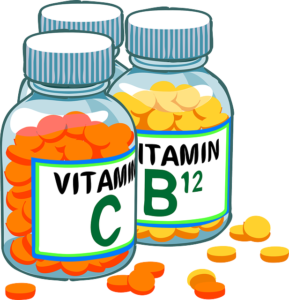The pain relieving specialist explains: One of the renowned medical journals “The Lancet” warns of counterproductive treatments when back pain occurs. That is what I have been saying for years. And I still do.
I link to the relevant studies, below. First, for those who don’t know “The Lancet” yet. “The Lancet” was founded almost 200 years ago, in 1823, and is one of the journals that has had the most influence on current developments in medicine.
How many people worldwide suffer from back pain? 540 million. “The Lancet” refers to 2 studies by an international team of doctors.
Statements: Patients are treated incorrectly, unnecessary diagnostic procedures are used, pointless drugs for pain are prescribed, operations are performed that are not needed. With the result that the back pain often disappears only for a short time, but then comes back all the more severe. It can take a few weeks / months until then.
I say: “Yes – I say that too”. In the worst case, if there is no solution in sight, the ultimate solution will come. An operation on the spine. Imaging methods such as x-rays, computer tomography (CT) and magnetic resonance imaging (MRI) are often used.
Can the cause of pain really always be identified? I say: “Hm… I know the opposite results. The MRI shows arthrosis, the patient has no pain. Or MRI shows no arthritis, but the patient is in pain. So what is true? “Does the patient also have a share in the (unsatisfactory) situation?
What is the situation with the doctor: The doctor gives an explanation about the cause. If no permanent treatment concept is presented, what then? What leads the doctor to believe that the pain will not return, sometimes despite the operation? Surgery again? Again no permanent solution found. And then again?
If the explanation is inconsistent or the pain is not permanently reduced, does the patient start looking for his own answer to his unanswered questions? Well, not always. Is that right? Of course it is important to have back pain assessed by a doctor. For example: a complication after injury, fractures of the vertebrae. The good news is that about 85 percent of all back pain is medically non-specific. It is then not possible to determine a clear cause for the pain. Why is that a good news?
There is a high probability that my approach is right. And that there are solutions. Or redemption. ![]() I say: “Clients tell me that the doctor has diagnosed osteoarthritis in their back. People with this kind of complaint report that the back position, in this case, is a very relaxing position. The pain then goes down a lot or is no longer noticeable. How can this be?
I say: “Clients tell me that the doctor has diagnosed osteoarthritis in their back. People with this kind of complaint report that the back position, in this case, is a very relaxing position. The pain then goes down a lot or is no longer noticeable. How can this be?
If the arthrosis causes the pain – has it now disappeared? No. How could that be? And where does the pain come from? Joint discs have no pain receptors. Hmmm….”My guess is: “Often doctors only apply what they have learned. I do not want to categorise doctors in a generalised way. But if I only have a hammer as a tool, then I always see a nail that needs to be driven in.
Basically, the two articles in “The Lancet” confirm my own assessment of the situation. However, as this topic is particularly close to my heart, I would like to discuss the situation again in the coming articles on this topic, which has already been medically proven by studies.
What makes sense? What is rather counterproductive?
Until then.
Stay strong and ask questions that come up in your mind.
Matti
https://www.thelancet.com/journals/lancet/article/PIIS0140-6736(18)30489-6/fulltext
https://www.thelancet.com/journals/lancet/article/PIIS0140-6736(18)30480-X/fulltext













